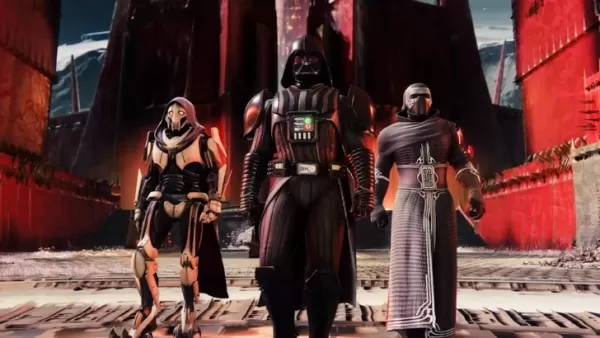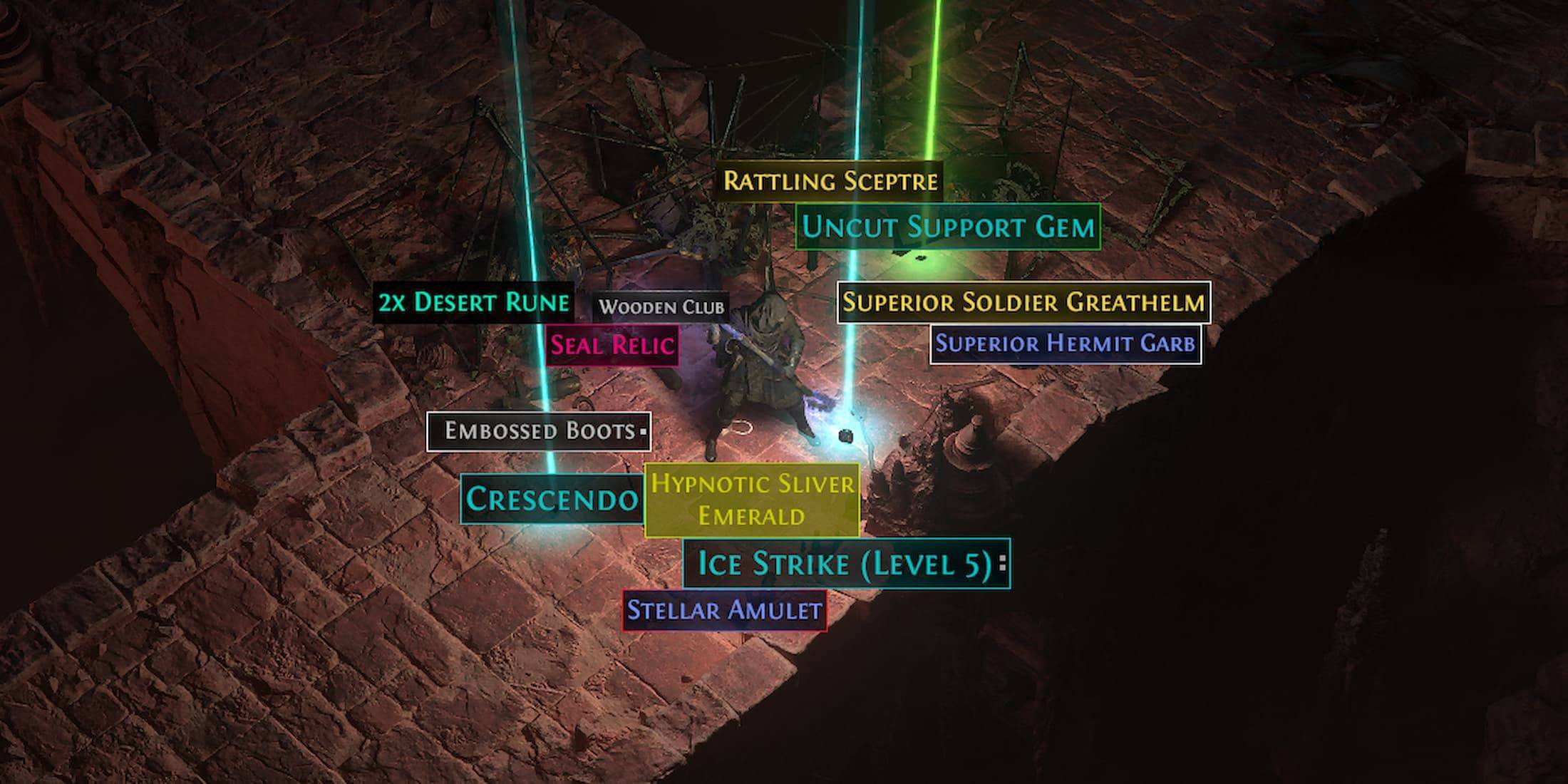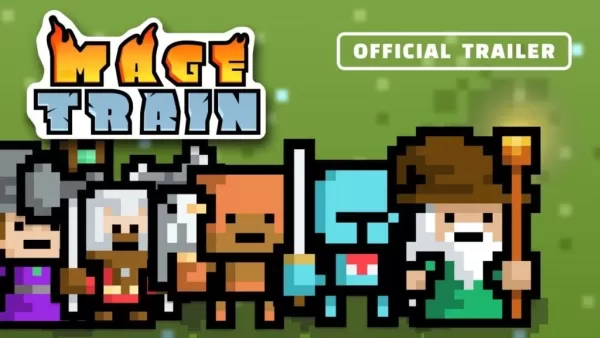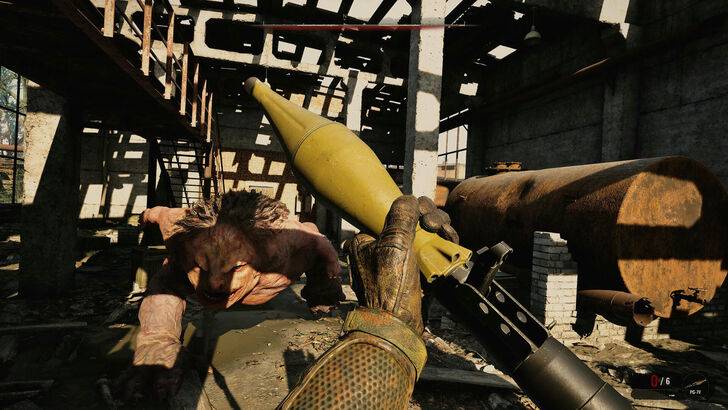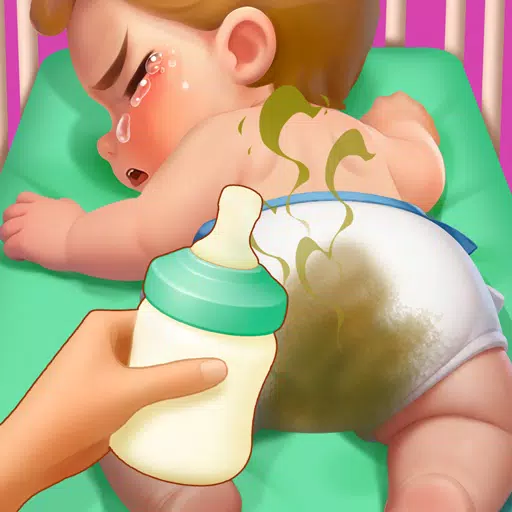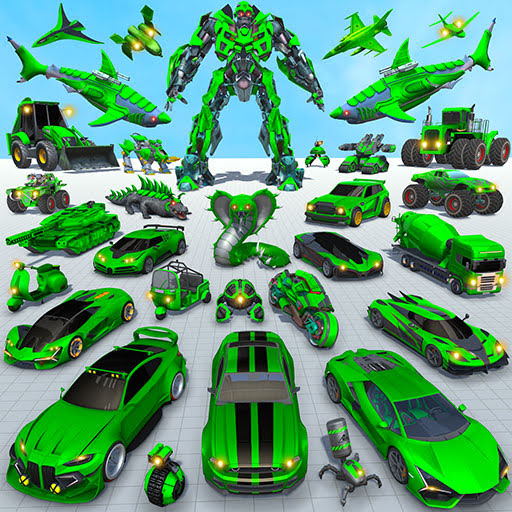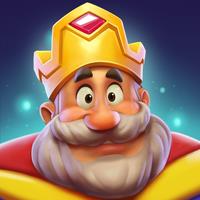Dracula. The Frankenstein Monster. The Invisible Man. The Mummy. And, of course, the Wolf Man. These iconic monsters have evolved and transformed over the years, transcending any singular portrayal while continuing to terrify audiences across generations. We've recently seen a fresh take on Dracula in Robert Eggers' Nosferatu, and now Guillermo del Toro is working on a new Frankenstein. Additionally, writer-director Leigh Whannell is bringing his vision to the Wolf Man.
But how does a filmmaker like Whannell make modern audiences care about yet another werewolf movie, especially one featuring the Wolf Man? How can these filmmakers, as Whannell suggests, bring these classic monsters back to life in a way that is both scary and relevant today?
To delve into this, arm yourself with torches, wolfsbane, and stakes—and an openness to the deeper metaphors within monster narratives. We had the opportunity to discuss with Whannell the impact of classic monster movies on his work, his approach to revitalizing beloved characters like the Wolf Man in 2025, and why these stories continue to matter.

